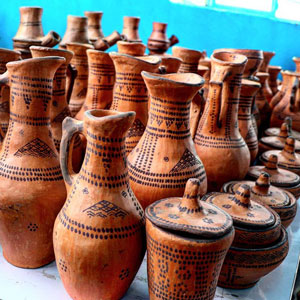 Signin with Google
Signin with Google Signin with Facebook
Signin with Facebook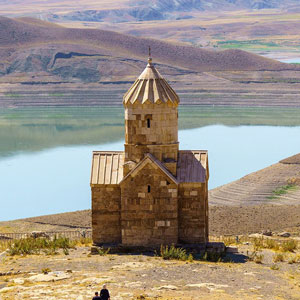
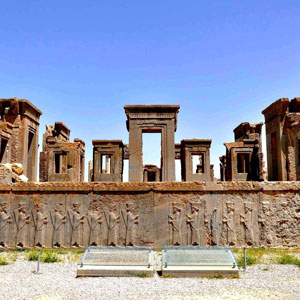 Places,History
Places,HistoryTehran University, the Sorbonne of Iran
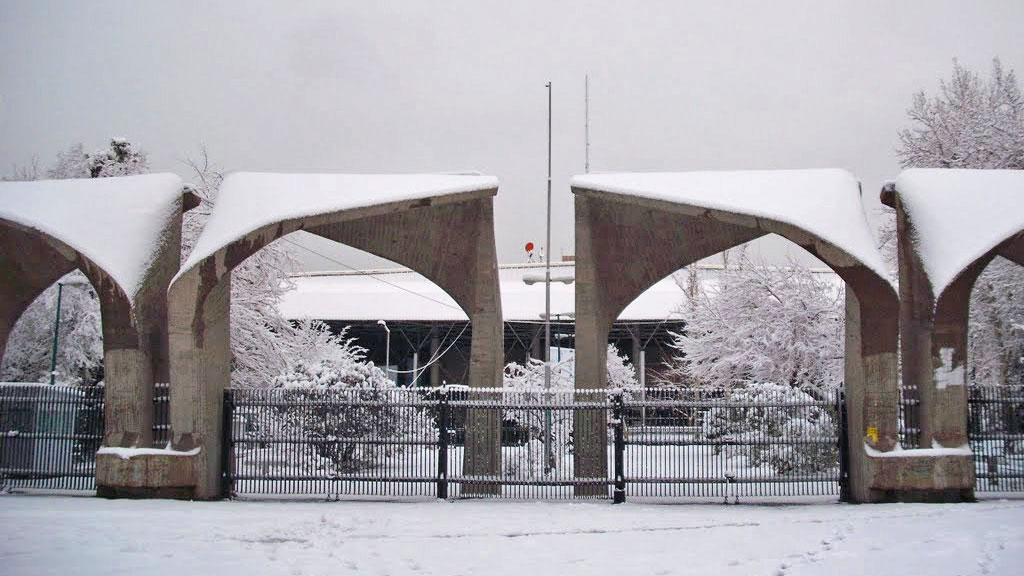
Passing by Azadi square through Enghelab Street, From Enghelab Street, an essential component of Iran's 1979 Islamic revolution to Keshavarz boulevard, young faces carelessly pass in groups or individuals. Girls and boys, mostly students with their backpacks, sitting in cafés wandering in bookshops, gathering in each corner, have made this point the beating heart of contemporary Tehran.
As you walk by, you'll find yourself in the nexus of contemporary Iran: The Sorbonne of Iran, University of Tehran.
Evolution of an eastern modernity
On a historical night in late January 1933, the Iranian Cabinet met Reza Shah Pahlavi, the king of Iran, at that time. He aimed to modernize Iran, and for that, the need for "Université" was felt. Ali Asghar Hekmat, the minister of education and his team, started to fulfil the king's wish.
With the help of politicians, architects, and scientists, the University was founded on a cold day in early February in 1934. A memorial stone was deposited in the southern part of the medical faculty.
The story behind Tehran University
The University of Tehran used to be the compound of Jalaliyeh garden, a scenery garden full of orchards founded in the early 1900s in the Qajar era. With the order of Reza Shah, Roland Dubrulle, a French architect drew up the master plan of the campus buildings. That's why the early 20th-century modernist architecture influences the structures, and the faculty of Fine Arts looks similar to École Nationale supérieure des beaux-arts of Paris.
The monuments are inspired by Iranian culture, but the Sassanian Empire influences the first University of Iran's logo. Professor Mohsen Moghaddam, one of the Faculty of Fine arts founders, designed the logo for his university project when he was a student there. He is also the first Iranian who was privileged to accept the "legion du noir officier" (legion of honour officer) badge by French president Charles de Gaulle.
The first University of Iran must have had an iconic gate to remember its first place in various fields. As a result, in 1965, the ever familiar entrance of Tehran University was placed at the southern face by the design of Koroush Farzami, a student of Fine Arts. This art piece, which is among Iran's National Heritage List, represents the original and historical Iranian architecture in a modern body. This gate is now the symbol of Iran's Higher Education system.
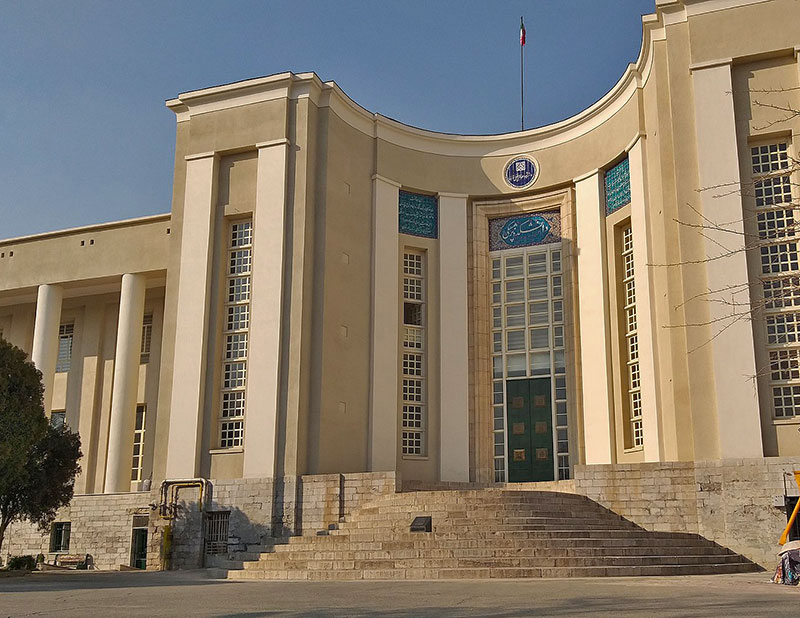
Pioneers who stepped onto the campus
From Mahmoud Hessabi, Iran's prominent scientist who established the science and engineering faculties, to Abbas Kiarostami, the acclaimed Iranian filmmaker who was a student there, the Mother University of Iran has always been the cradle of acclaimed pioneers.
Not only famous Iranian artists, politicians, and scientists were associated there, but also Thomas Christian David, a famous Austrian composer, and conductor, was a professor at this University during the 1960s.
The core of sociopolitical effervescence
For those who follow politics, the University of Tehran is the core of political activities in Iran. Studying under the supervision of famous ideologists as professors, these students have always taken part in Iran's history. Even on February 4th, 1949, Mohammad Reza Pahlavi faced an assassination during a ceremony at Tehran University.
This University is so important that after Iran's revolution, the congregational prayers that happen every Friday and historical speeches from leaders, usually take place here.
Enjoy the Books, Food, and hands full of history
Now that our educational, political, and historical tour of the University is over, let's ramble around the book shops just in front of the University's southern gates!
You walk down the street and see the most unusual books you have ever seen, just scattered on the pavement. Antique books' smell drags you 100 years back. But if you get tired of wandering around book shops, there is a perfect centre for gastronomy and street food culture! You can find the best and almost cheapest Falafels on Enghelab street, and the good news for vegetarians is this mouthwatering food is made of anything but meat.

A few streets to the west Nikousefat restaurant offers the best of Ash (Persian Noodle Soup) and delicious Halim (a thick kind of stew) that your taste buds will crave for long after you've returned home. So if you want to see the art, history, and culture in one place, don't miss the chance of visiting the one and only Tehran Uni.
By Shamim Sherafat / TasteIran

